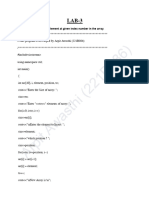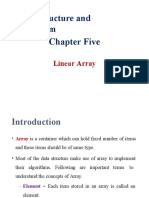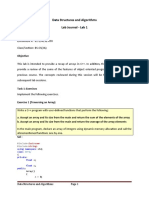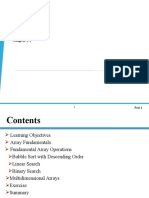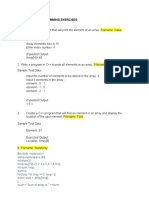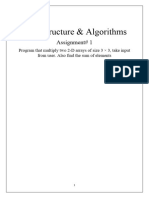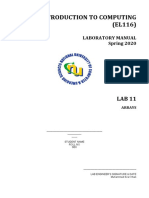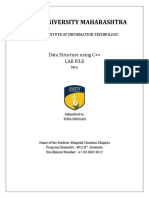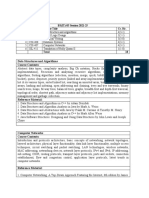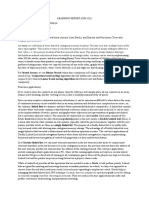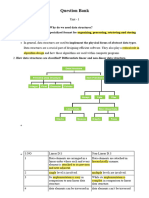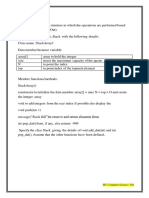0% found this document useful (0 votes)
3 views24 pagesSession 6 (Operations On Arrays)
The document provides an introduction to data structures, focusing on arrays, their operations, and complexities. It includes sessions on abstract data types, implementations, and various array operations such as traversal, insertion, deletion, and searching. Additionally, it covers time and space complexity analysis, real-time applications, and practice questions with code examples in C++.
Uploaded by
AaradhyaCopyright
© © All Rights Reserved
We take content rights seriously. If you suspect this is your content, claim it here.
Available Formats
Download as PPTX, PDF, TXT or read online on Scribd
0% found this document useful (0 votes)
3 views24 pagesSession 6 (Operations On Arrays)
The document provides an introduction to data structures, focusing on arrays, their operations, and complexities. It includes sessions on abstract data types, implementations, and various array operations such as traversal, insertion, deletion, and searching. Additionally, it covers time and space complexity analysis, real-time applications, and practice questions with code examples in C++.
Uploaded by
AaradhyaCopyright
© © All Rights Reserved
We take content rights seriously. If you suspect this is your content, claim it here.
Available Formats
Download as PPTX, PDF, TXT or read online on Scribd
/ 24





